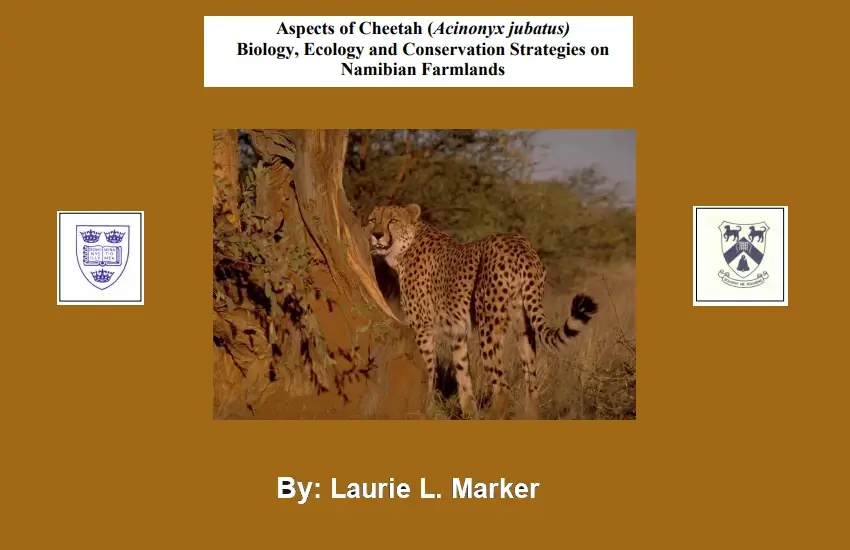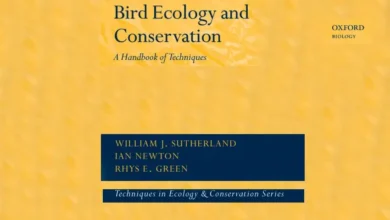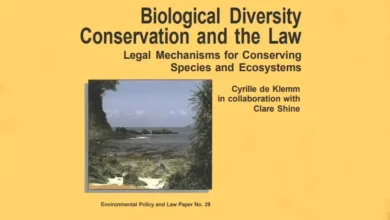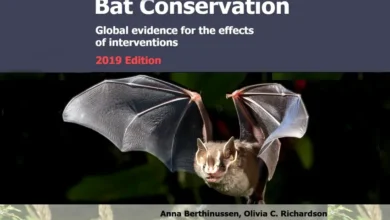Aspects of Cheetah Biology Ecology

Cheetahs, the world’s fastest land animals, are much more than their speed. They are vital to the ecosystems they inhabit, acting as apex predators and contributing to biodiversity. The book Aspects of Cheetah Biology and Ecology provides an intricate look into these majestic creatures, their lives, and the mounting challenges they face. This resource is essential for anyone who wants to dive deeper into the natural world and take part in preserving it.
Aspects of Cheetah Biology Ecology
The Unique Physiology of Cheetahs
Anatomy and Speed
Cheetahs are built for speed. With lightweight bodies, long legs, and specialized muscles, they can accelerate from 0 to 60 mph in just a few seconds. Their aerodynamic bodies and semi-retractable claws provide the perfect grip during high-speed chases.
Vision and Hunting Techniques
Cheetahs rely on their exceptional eyesight to spot prey from a distance. Unlike other predators, they prefer to hunt during the day, using stealth and a short, intense burst of speed to catch their target. Their hunting strategy is a delicate balance of precision and timing.
Behavior and Social Structure
Solitary vs. Social Dynamics
Female cheetahs are largely solitary, raising their cubs alone, while males often form coalition groups of two or three brothers that hunt and defend territories together.
Communication Methods
Cheetahs use various methods to communicate, from chirping to attract mates to scent-marking territories. Their body language, including tail flicks and postures, conveys intent and emotions effectively.
Ecological Role of Cheetahs
Apex Predators
As apex predators, cheetahs play a crucial role in controlling herbivore populations, ensuring that ecosystems remain balanced and vegetation is not overgrazed.
Interactions with Other Predators
Cheetahs often face competition from larger predators like lions and hyenas, which sometimes steal their kills. Despite their speed, they are vulnerable to these powerful rivals.
Challenges Facing Cheetah Populations
Habitat Loss
Urban expansion and agricultural activities are encroaching on cheetah habitats, leaving them with fewer areas to roam and hunt.
Human-Wildlife Conflict
In regions where livestock farming is prevalent, cheetahs are often killed to prevent attacks on animals, even though such incidents are rare.
Genetic Bottlenecks
With limited genetic diversity, cheetah populations face higher risks of diseases and reduced adaptability to environmental changes.
Conservation Strategies
Protected Areas
Establishing and maintaining national parks and reserves is critical for providing cheetahs with safe habitats.
Community Engagement
Educating local communities about the importance of cheetahs and promoting coexistence are key steps in reducing conflicts.
International Collaboration
Conservation requires a global effort. From funding to research sharing, international partnerships are vital for saving cheetahs.
Search For more Environmental Books: Animal Vegetable Miracle and Agroforestry and Biodiversity Conservation.
Accessibility and Importance of the Book
3D Flip Viewer and PDF Format
The Aspects of Cheetah Biology and Ecology book is available as a 3D flip viewer and in PDF format, ensuring it is accessible to a global audience.
Target Audience
The book caters to wildlife researchers, conservationists, and anyone passionate about the natural world. Its engaging narrative and scientific rigor make it a valuable resource for all.
Call to Action
Understanding the complexities of cheetah life is only the first step. By learning about their struggles and ecological roles, readers are empowered to contribute to conservation efforts that ensure these magnificent animals thrive for generations to come.
Conclusion
Cheetahs are an irreplaceable part of the planet’s biodiversity. The book Aspects of Cheetah Biology and Ecology not only educates but also inspires action. Protecting cheetahs means preserving a vital piece of our natural heritage. For more PDF Books Visit our website Media Music Mania.
FAQs
Why are cheetahs considered apex predators?
Cheetahs help control herbivore populations, preventing overgrazing and maintaining ecosystem balance.
What makes cheetahs the fastest land animals?
Their lightweight bodies, long legs, and specialized muscles are optimized for speed.
How does habitat loss affect cheetah populations?
Habitat loss reduces their hunting grounds and increases conflicts with humans.
What conservation efforts are most effective?
Protected reserves, community education, and international collaborations are crucial.
Where can I access the Aspects of Cheetah Biology and Ecology book?
The book is available in PDF format and as a 3D flip viewer. Download here.







